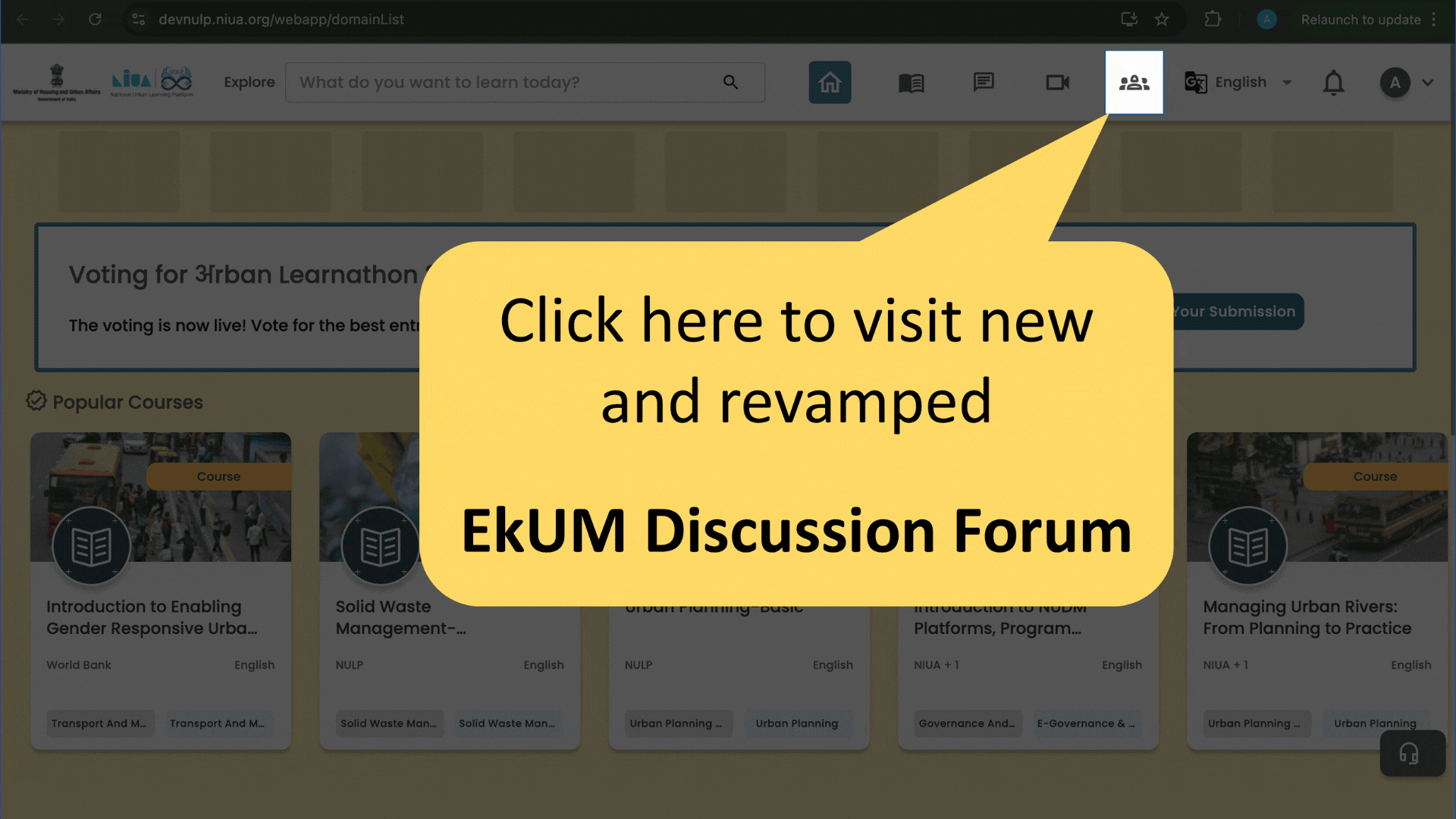Engaging informal workers in city-level planning processes requires inclusive, participatory, and context-sensitive strategies. Here’s how:
1. Recognize and Legitimize Their Role:
• Acknowledge informal workers (e.g. street vendors, waste pickers, domestic workers) as key contributors to the urban economy.
• Ensure they are formally represented in urban policy dialogues and planning committees.
2. Use Participatory Methods:
• Conduct focus groups, community meetings, and participatory mapping exercises in locations where informal workers operate.
• Use accessible formats (local languages, visual aids) to encourage meaningful input.
3. Partner with Worker Organizations:
• Collaborate with unions, cooperatives, and NGOs that represent informal workers.
• These groups can act as bridges between planners and workers, helping voice concerns and propose workable solutions.
4. Create Feedback Channels:
• Set up continuous feedback loops (e.g. town halls, digital platforms, surveys) to include informal workers in ongoing planning processes.
• Ensure follow-up so workers see the impact of their input.
5. Pilot Inclusive Solutions:
• Co-design and test policies with worker input—like designated vending zones, storage facilities, or sanitation access.
• Use pilots to build trust and demonstrate mutual benefits.
6. Build Capacity and Awareness:
• Offer training to informal workers on their rights, city policies, and how to engage in planning.
• Train planners and officials to understand and respect the needs of informal workers.
This inclusive approach leads to more equitable, effective urban policies that support both economic resilience and social justice.
